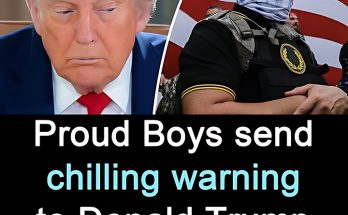
7.7-Magnitude Earthquake Devastates Parts of Asia: Death Toll Rises, Rescue Efforts Intensify
In the early hours of Monday morning, a catastrophic 7.7-magnitude earthquake rocked large swaths of southern China, northern Thailand, and Myanmar, leaving a trail of destruction and despair. The quake, which struck at exactly 3:42 a.m. local time, originated in a rugged and mountainous region near the China–Myanmar border, according to data from the U.S. Geological Survey. With a shallow depth of just 10 kilometers (6.2 miles), the earthquake unleashed violent shaking that was felt across hundreds of kilometers.
The seismic event has already claimed dozens of lives, with the number expected to rise as search-and-rescue missions continue. Hundreds of people have been injured—some critically—and a growing number remain trapped under the rubble of collapsed homes, businesses, and public buildings. Entire neighborhoods have been reduced to ruins, and the immediate aftermath paints a harrowing picture of suffering and chaos.
Major cities in northern Thailand, including Chiang Rai and Chiang Mai, were severely impacted by the tremors. Residents reported furniture toppling, walls cracking, and buildings swaying during the quake. Authorities have swiftly ordered widespread evacuations in high-risk areas, fearing that ongoing aftershocks could further weaken already compromised structures. Makeshift shelters have been set up in parks, stadiums, and schools, where thousands have taken refuge.
In Myanmar, where infrastructure is already fragile in many rural regions, the quake caused landslides and ruptured roads, making access to remote villages nearly impossible. Communication networks in several districts have gone offline, cutting off contact with entire communities and delaying the delivery of aid.
Rescue teams from across the three countries have been deployed, working tirelessly amid debris and unstable structures to locate survivors. However, damaged roads, downed power lines, and continued aftershocks are hampering their progress. Medical personnel are overwhelmed, with hospitals overflowing and short on critical supplies such as blood, oxygen, and trauma care equipment.
Governments in China, Thailand, and Myanmar have each declared a state of emergency and are coordinating closely with local authorities, military units, and humanitarian organizations. China’s Ministry of Emergency Management has dispatched elite rescue teams and heavy machinery to the worst-hit areas. In Thailand, the Department of Disaster Prevention and Mitigation has urged citizens to stay alert, avoid unsafe buildings, and prepare for the possibility of further seismic activity.
The tremors have not only taken lives but also sparked fires, damaged dams, and triggered fears of landslides in unstable terrains. Satellite images and drone footage show flattened villages, destroyed bridges, and cars buried under concrete slabs. International aid agencies are on standby, and requests for assistance have already been sent to neighboring nations and UN bodies.
As aftershocks continue to jolt the region, fear and uncertainty grip the population. Many are sleeping outdoors in freezing temperatures, fearing further collapses. Psychological trauma is emerging as a secondary crisis, particularly among children and the elderly who have lost loved ones or seen their homes destroyed.
This devastating event underscores the region’s ongoing vulnerability to natural disasters. Experts have long warned of seismic instability along the Indo-Burma plate boundary, and this quake serves as a grim reminder of the urgent need for disaster preparedness, investment in resilient infrastructure, and cross-border collaboration.
In the coming days, the full scope of destruction will become clearer. For now, the focus remains on saving lives, reuniting families, and rebuilding hope in a region shaken to its core.


